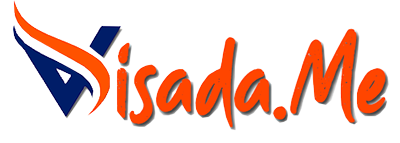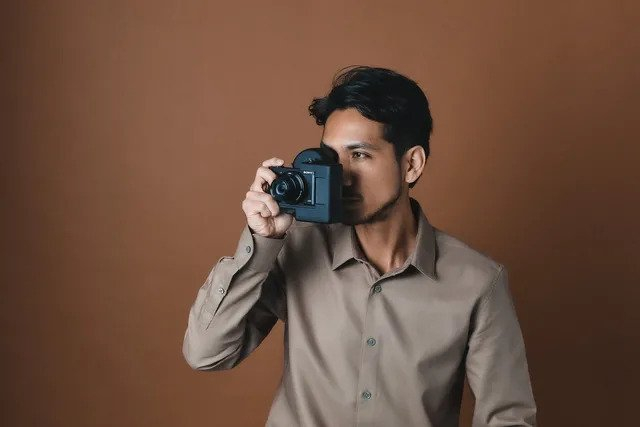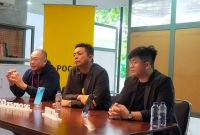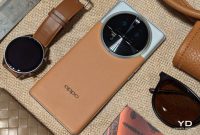Sony and QD Laser have joined forces to release a kit that offers assistance to people with vision problems when taking clear pictures using an Electronic Viewfinder (EVF). The kit, called Retina Projection Camera Kit, offers a portable camera with an additional laser retina housing that projects the camera’s direct display image onto the user’s eye. This low-powered laser projection is designed to effectively pass through the eye’s focus, allowing people with vision problems such as farsightedness, nearsightedness, or astigmatism to see clear images.
The Retina Projection Camera Kit uses the DSC-HX99 Sony pocket camera, which is a 2018 model with an 18-megapixel sensor and a 24-720mm (30x magnification) zoom lens, combined with QD Laser’s Retissa Neoviewer projector. According to QD Laser’s specification, the Retissa Neoviewer uses semi-conductor RGB lasers to display images with a resolution equivalent to 720p and 8-bit color depth. The emitted images have a horizontal field of view of around 60 degrees with a refresh rate of 60Hz, and the battery casing has an estimated battery life of up to four hours, with recharging using a micro-USB, not USB-C.
The kit, priced at $599,99, is a low-cost option for people with vision problems, and Sony claims that it covers most of the cost for supporting this population. Sony, however, encourages users to try it out before purchasing, as it may not be suitable for all types of vision problems and offers appointments through phone or email. The camera and projector kit will be available in limited quantities in the US starting March 2023. Although the device is specifically designed for the aging DSC-HX99 model, it is technically not limited to this camera.
QD Laser spokesperson, Nori Miyauchi, said in a video interview with CineD on YouTube that other cameras have the potential to work with the Retissa Neoviewer through an HDMI. Certainly, the housing for the Retissa Neoviewer appears well-integrated with the dimensions and design of the DSC-HX99. However, hopefully, these experiments will lead to a more universal model one day, allowing people with low vision to easily adapt it to their full-size camera of choice.




